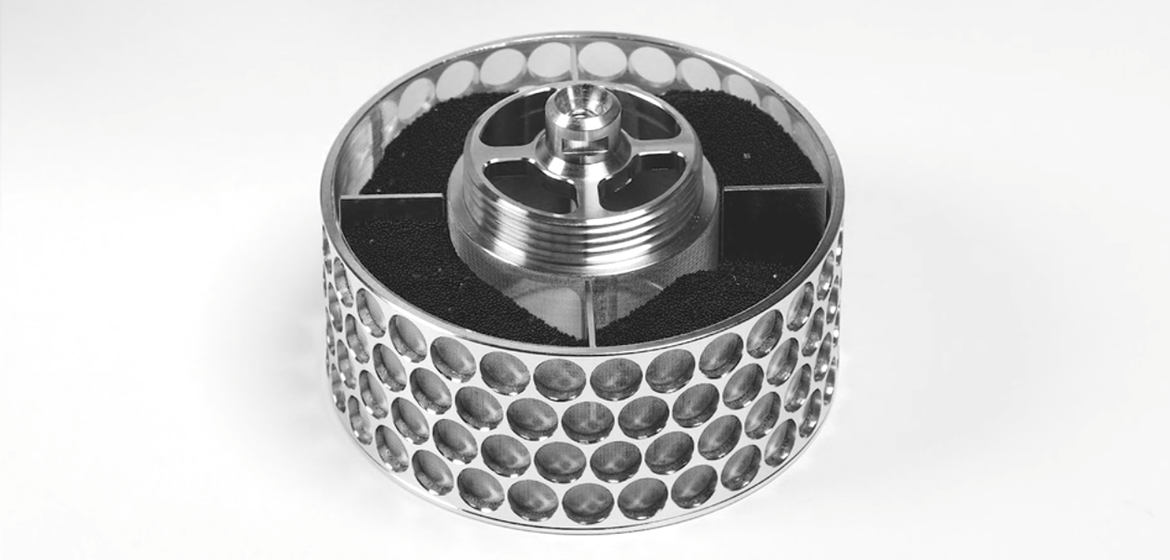This application note looks at the case of varying the amount of resin (the loading) in an RBR S2 when removing a dye (methylene blue) from 2 L of water. The ion-exchange resin Purolite® NRW1160 was used for the decolorization. With a full loading, the RBR was 10x faster to reach a target limit of dye removed, compared to the case where the RBR was loaded to 10% of capacity. Thus, for this application, the reaction rate was proportional to the loading of solids. Scaling laws like this, together with other trends, e.g., with respect to liquid volume and rotational speed, gives you, the process owner, a robust framework to design your process around.

How the loading of solids influences reaction speed
Sometimes you don’t want to pack the entire rotating bed reactor full with your solid-phase material. Fully loading might simply be wasteful, or you may want to experiment with your reaction conditions. But how does the amount of solids in the rotating bed reactor influence the reaction performance? Can you use only 10% of the full capacity?
A fast process in this case means a rapid removal of dye concentration, i.e. the blue graph is 10x faster than the grey one (1st order reaction rate constants 20.5 h-1 and 2.05 h-1, respectively).

The conclusion is that the rotating bed reactor can be used with 10% loading, and still have the same reaction efficiency per gram of resin. There is no need to pack the RBR fully, or to block off any empty space inside an RBR. Thus, our rotating bed reactors provide:
- Predictable scalability
- Robustness to different loading and reaction conditions
- Easy packing
SpinChem can assist with the scale-up from mL’s to m3’s, and we have modelling tools to lower your risk. Reach out to us for a discussion around your application.
